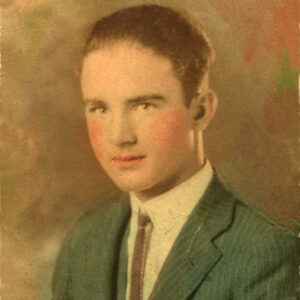 J. O. Dockery
J. O. Dockery
Entry Category: Agriculture
 J. O. Dockery
J. O. Dockery
 Dockery Airport
Dockery Airport
Dockery, Jess Orval
 Dortch Plantation Cotton Picker
Dortch Plantation Cotton Picker
 Dredging Project
Dredging Project
Drought of 1930–1931
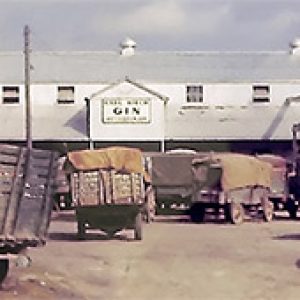 Earl Kiech Cotton Gin
Earl Kiech Cotton Gin
 Egg Hatchery
Egg Hatchery
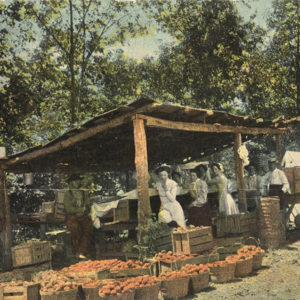 Elberta Peaches
Elberta Peaches
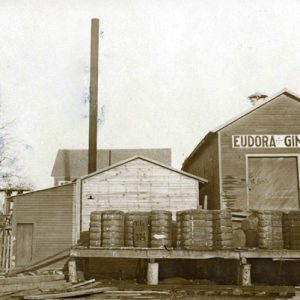 Eudora Cotton Gin
Eudora Cotton Gin
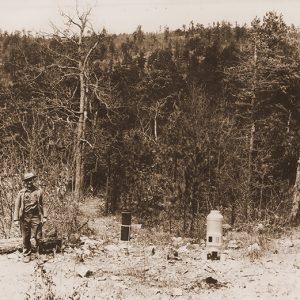 Experimental Forest Rain Gauge
Experimental Forest Rain Gauge
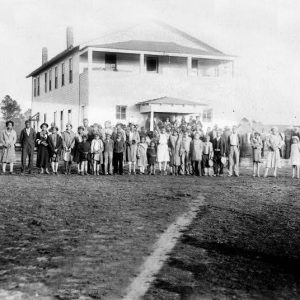 Fargo Agricultural School
Fargo Agricultural School
Farkleberry
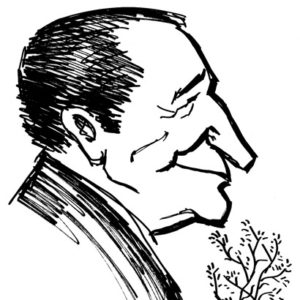 Farkleberry and Faubus
Farkleberry and Faubus
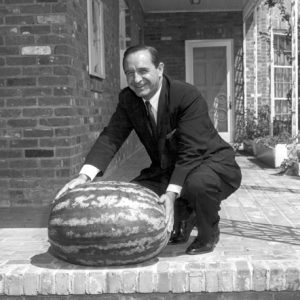 Orval Faubus with Hope Melon
Orval Faubus with Hope Melon
 Fire Plow
Fire Plow
 Fire Tower
Fire Tower
 Fishing Day
Fishing Day
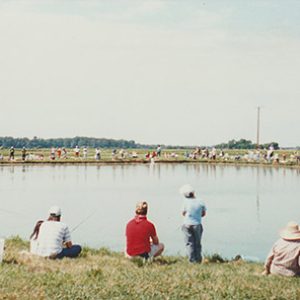 Fishing Day
Fishing Day
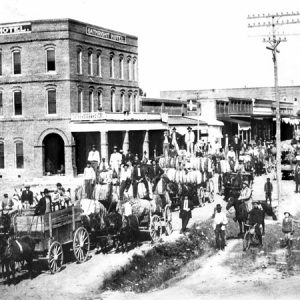 Foreman Cotton Auction
Foreman Cotton Auction
Forest Management and Conservation
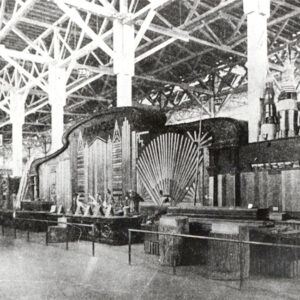 Forestry Exhibit
Forestry Exhibit
 William Fuller
William Fuller
Gammon, John, Jr.
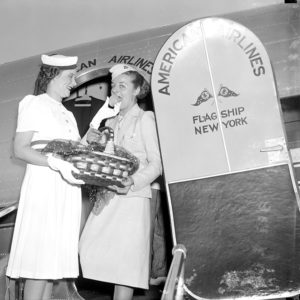 Tolise Gathings
Tolise Gathings
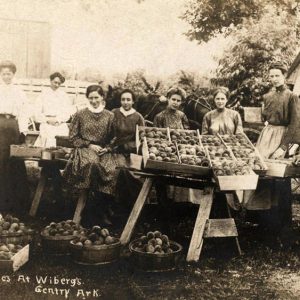 Gentry Peaches
Gentry Peaches
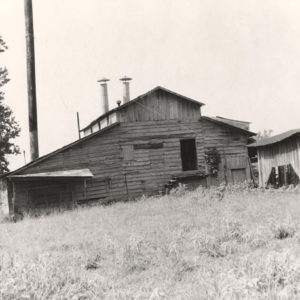 Goodlet Cotton Gin
Goodlet Cotton Gin
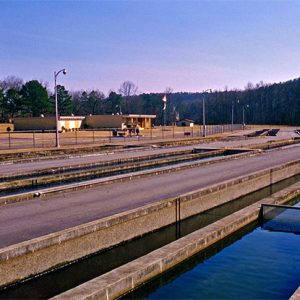 Greers Ferry National Fish Hatchery
Greers Ferry National Fish Hatchery
Hardin, Joseph Carrol
Harry K. Dupree Stuttgart National Aquaculture Research Center
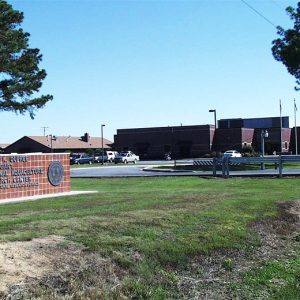 HKDSNARC Buildings
HKDSNARC Buildings
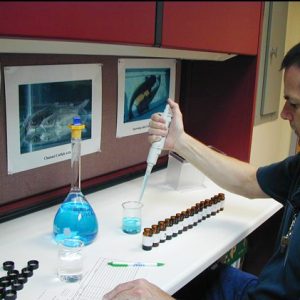 HKDSNARC Fish Disease Research
HKDSNARC Fish Disease Research
 HKDSNARC Fish Feeding
HKDSNARC Fish Feeding
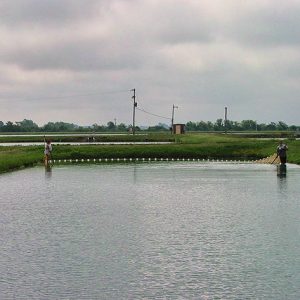 HKDSNARC Seine Fishing
HKDSNARC Seine Fishing
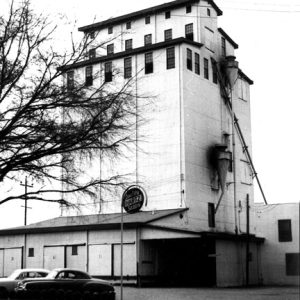 Hartz-Thorell Seed-Processing Plant
Hartz-Thorell Seed-Processing Plant
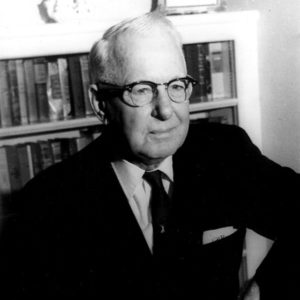 Jacob Hartz Sr.
Jacob Hartz Sr.
Hartz, Jacob, Sr.
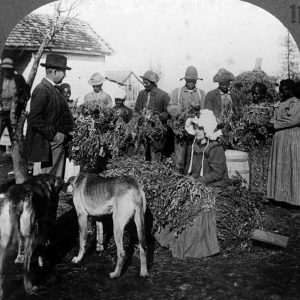 Harvesting Peanuts
Harvesting Peanuts
 Harvesting Soybeans
Harvesting Soybeans
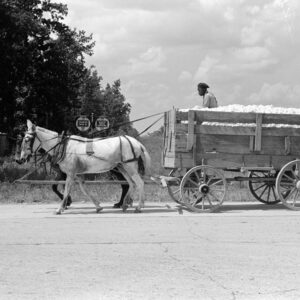 Hauling Cotton
Hauling Cotton
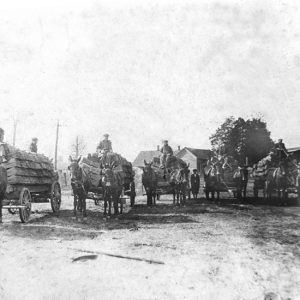 Hauling Cypress Shingles
Hauling Cypress Shingles
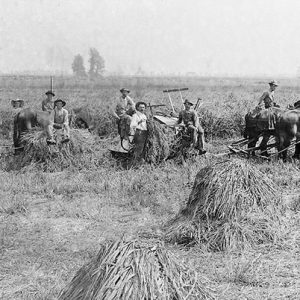 Hazen Rice Crop
Hazen Rice Crop
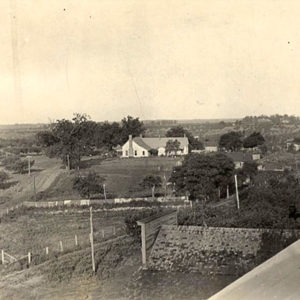 Highland Orchard
Highland Orchard
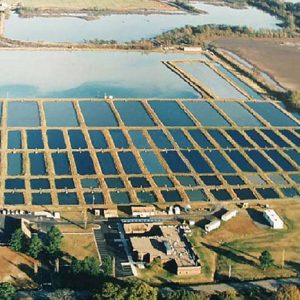 HKDSNARC Aerial View
HKDSNARC Aerial View
Home Demonstration Clubs
 Horticulture Exhibit
Horticulture Exhibit
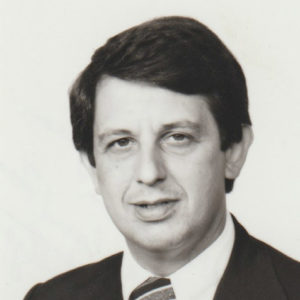 William Hudson
William Hudson
 Hunter Sawmill
Hunter Sawmill




